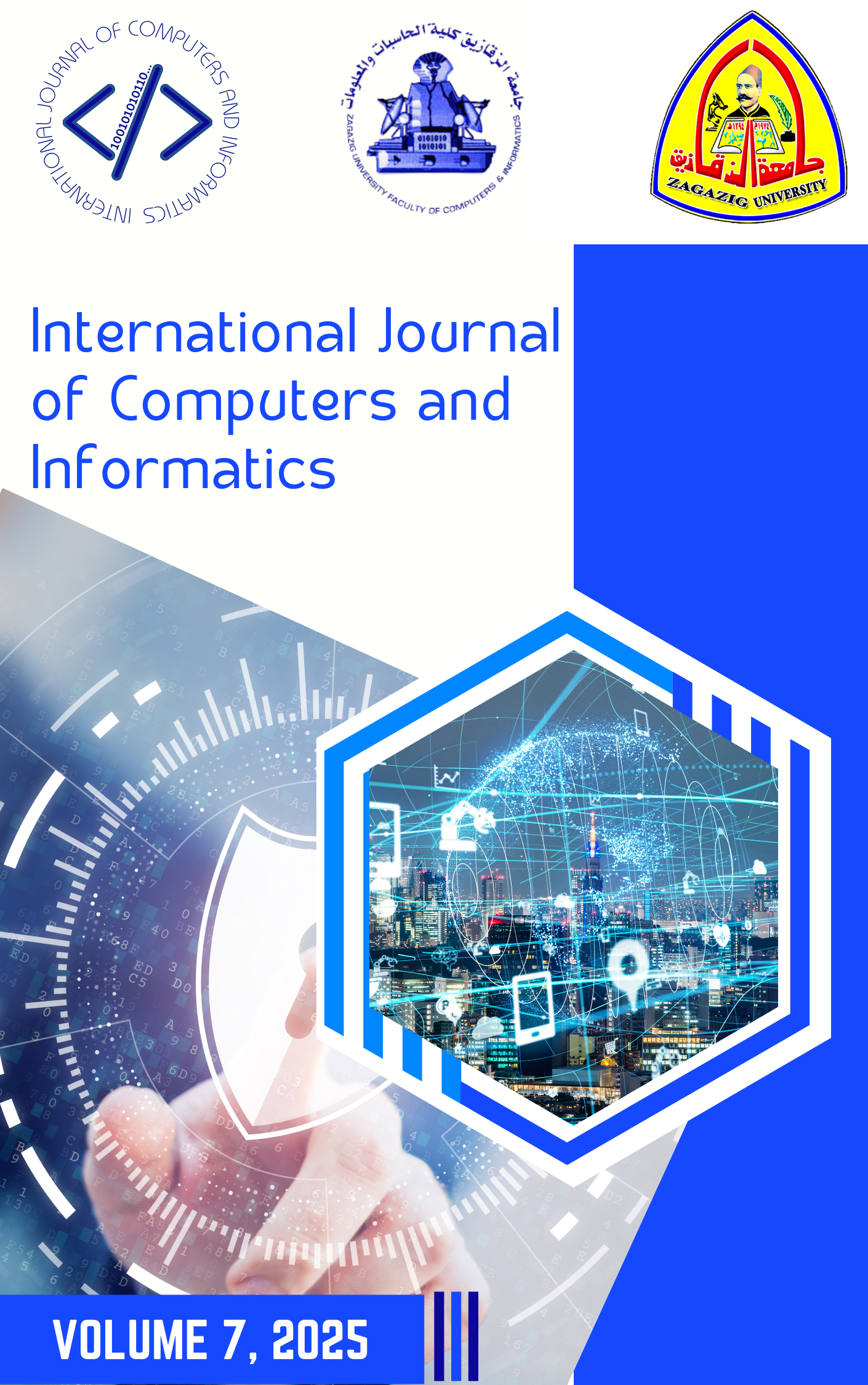Sentiment Analysis of Social Network Contents using Machine Learning Algorithms: A Review
Keywords:
Digital Humanities, Classification, Topic Analysis, Sentimentant Analysis, LDA Topic Modeling, TF-IDFAbstract
The exponential growth of social media spaces has resulted in a previously unimaginable amount of user-generated content, which can be used to identify public opinion, sentiment, and trends. Sentiment analysis is an area of the natural language processing (NLP), data science, and machine learning literature that describes the identification, extraction, and analytical processes of subjective information and emotional tone within a document or text. The incorporation of machine learning algorithms into social networking content can reveal significant information of interest to businesses, political analysis, public health, and research in social sciences. Although text in social media environments has the same functions as other textual forms, the text presents unique challenges associated with its brevity, informality, use of slang and abbreviations, use of emojis, sarcasm, irony, etc. and other challenges associated with the fast-paced, constantly updating nature of social media. These challenges are addressed in a specialized way to use social media texts comparatively with other texts.
The goal of this article is to review the literature associated with social network content sentiment analysis, including the use of machine learning algorithms to classify sentiment. We will emphasize the unique characteristics of Twitter as a social media space, as well as the associated NLP focused preprocessing approaches to address noisy, informal, and platform-specific elements associated with the content. The review will include examples of traditional methods like Bag-of-Words and TF-IDF, features increasingly used into deeper methods like Word Embedding and in using dictionaries like sentiment lexicons and discuss their principles, as well as advantages and disadvantages when using these methods in social media. We will also include several of the most commonly used machine learning models used for sentiment classification. This review will also include traditional models like Naive Bayes, SVMs, and other ensemble methods used, as well as deep learning approaches utilizing CNNs, RNNs, and Transformers. Finally, we're going to discuss the nature and importance of the rigor of evaluation to determine sentiment classification correctness. We will discuss an evaluate using metrics like Accuracy, Precision, Recall, F1-Score, AUC-ROC, Cohen's Kappa and discuss important methods to evaluate classification validity like data spitting, cross-validation, and evaluate imbalanced datasets. We will explore, use, and evaluate of measures for sentiment discernment inherent in social media language, which will assist in an understand of how to manipulate behaviors of the machine learning for social media space, although this is a challenging task and domain.
Downloads
Downloads
Published
How to Cite
Issue
Section
License
Copyright (c) 2025 International Journal of Computers and Informatics (Zagazig University)

This work is licensed under a Creative Commons Attribution 4.0 International License.

